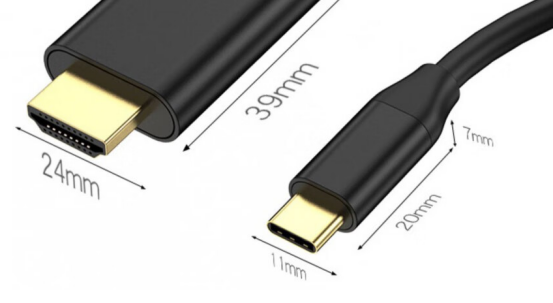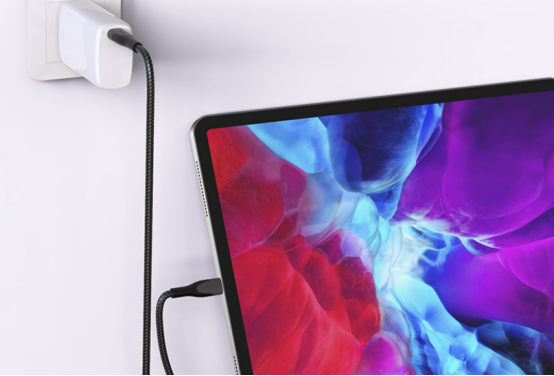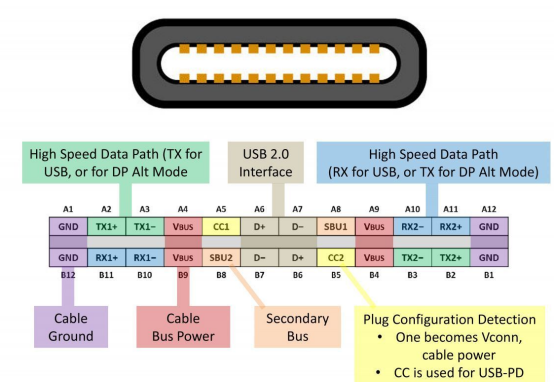Comparison of Type-C interface with HDMI and USB interfaces
Time :2024-04-23 15:42Author :Hangalaxy
Comparison of Type-C interface with HDMI and USB interfaces
Introduction:
In recent years, with the popularity of mobile devices and the continuous growth of functional requirements, traditional HDMI and USB interfaces have gradually exposed some inconveniences. To address these issues, the Type-C interface has emerged. Its emergence not only makes connection more convenient, but also brings many new functions and features. Below, we will explore the comparison of Type-C interface with HDMI and USB interfaces one by one.
1、 Comparison between Type-C interface and HDMI interface:


(Comparison of Type-C connector and HDMI connector sizes)
1. Higher data transmission speed: Currently, the popular HDMI interface on the market usually adopts the HDMI 2.0 standard, supporting a maximum data transmission speed of 18 Gbps. The Type-C interface supports protocols such as USB 3.1 Gen 2 and Thunderbolt 3, achieving a data transfer speed of up to 40 Gbps, providing a better video and audio transfer experience.
2. Smaller physical interface shape: The Type-C interface adopts a unified inverted design, which can achieve forward and reverse insertion, and the physical interface is smaller. The HDMI interface adopts a unidirectional plug and drop design, which can only achieve positive insertion. The physical interface is large, and it is often difficult to route and plug due to the large size of the HDMI connector during wiring.
2、 Comparison between Type-C interface and USB interface:

(Comparison of Type-C connector and USB connector sizes)
1. Reversible plug design: Traditional USB interfaces require judgment of the direction of the plug when inserted, while Type-C interfaces adopt a reversible plug design, which means that they can be connected correctly whether inserted front or back. This greatly improves the user experience. I won't make a joke about plugging in a USB port three times.

(Functional schematic diagram of Type-C connector)
(Purple: Ground wire Red: Power line Green: High speed signal channel Orange: Transmission sideband signal such as audio signal Yellow: Configuration of Vconn signal, recognition of wire head direction Blue: High speed signal channel)
2. Unified interface: The emergence of Type-C interface has achieved the unification of various functions, such as data transmission, charging, video output, etc. The USB Type-C interface can handle multiple tasks simultaneously, simplifying device interface design and improving device compatibility and overall performance.
3. Faster charging and reverse charging: The Type-C interface supports higher power transmission, allowing devices to charge faster. The support of USB PD (Power Delivery) protocol enables devices using Type-C interface to achieve higher charging power. Some display devices support reverse charging through Type-C interface, allowing them to charge office devices while using them.


Conclusion:
The emergence of Type-C interface has brought many innovations and improvements to HDMI and USB interfaces. It not only provides higher data transfer speed, bidirectional transmission, and enhanced compatibility, but also supports functions such as fast charging and multi display output. The reversible plug-in design and unified interface standard of Type-C interface make it more convenient for users to use, while also simplifying the interface design of the device. Overall, the introduction of the Type-C interface has brought us more convenience and innovation, driving the development of connectivity technology.









